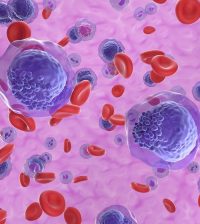- Navigating Your Midlife Crisis: Embracing New Possibilities
- City Raccoons Showing Signs of Domestication
- Mapping the Exposome: Science Broadens Focus to Environmental Disease Triggers
- One Week Less on Social Media Linked to Better Mental Health
- Your Brain Changes in Stages as You Age, Study Finds
- Some Suicide Victims Show No Typical Warning Signs, Study Finds
- ByHeart Formula Faces Lawsuits After Babies Sickened With Botulism
- Switch to Vegan Diet Could Cut Your Greenhouse Gas Emissions in Half
- Regular Bedtime Does Wonders for Blood Pressure
- Dining Alone Could Mean Worse Nutrition for Seniors
Medical Costs Soar for Smokers Who Develop Artery Disease


Smoking significantly increases medical costs among people with peripheral artery disease (PAD), a new study suggests.
PAD is a condition in which a buildup of plaque in the arteries restricts blood flow to the legs and feet.
Researchers analyzed 2011 health insurance claims data from more than 22,000 PAD patients in Minnesota, and found that annual per-patient health care costs were $18,000 higher among smokers than among nonsmokers.
The hospitalization rate was 49 percent among smokers, 35 percent higher than among nonsmokers, the findings showed.
Smokers were more likely to be hospitalized for leg problems, heart attack and heart disease than nonsmokers, the University of Minnesota Medical School researchers found. Sue Duval, an associate professor of cardiology and biostatistics, led the project.
The study was published online Sept. 28 in the Journal of the American College of Cardiology.
The findings highlight the need to get PAD patients to stop smoking, which can benefit their health and significantly reduce their medical costs, Dr. Elizabeth Jackson, of the University of Michigan Health System, wrote in an accompanying editorial.
More information
The American Heart Association has more about peripheral artery disease.
Source: HealthDay
Copyright © 2025 HealthDay. All rights reserved.










